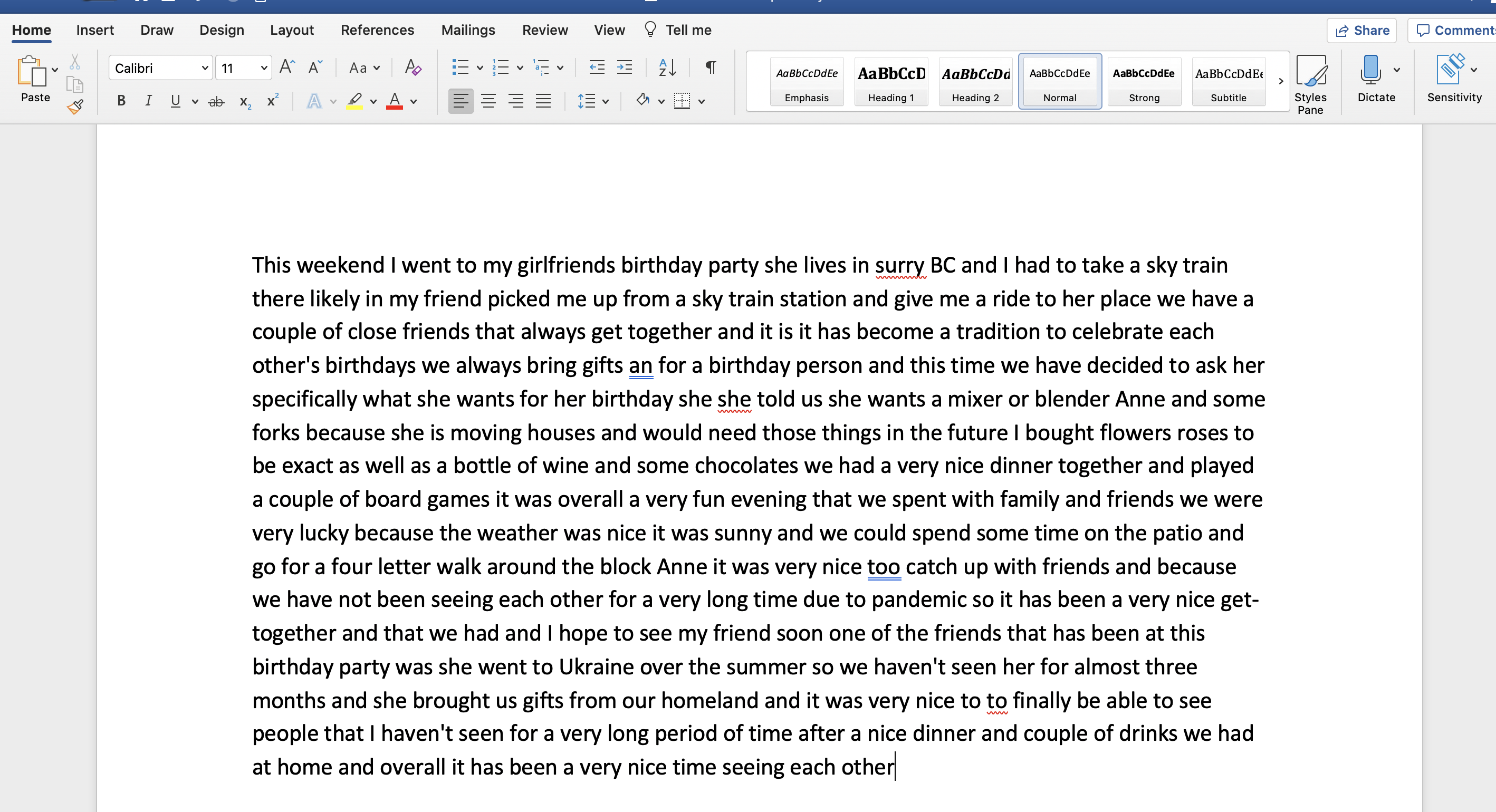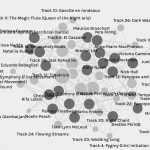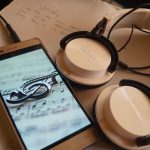For this assignment, I have decided to use Microsoft Word’s dictate feature to help me record my unscripted 5-minute long story.

Right from the beginning, I have realized that I am getting distracted by the device and the process of dictation myself. Being a perfectionist in life, I could tell that the dictate feature is not picking up any grammar in my speech or correcting any mistakes. The text that has started to appear on the screen of my laptop has been in its raw form and differed from the one I was verbalizing. I instantly had an urge to start correcting the mistakes. For the purposes of this exercise, however, I have decided not to look at the screen and carried on with my 5-minute unscripted story.
Analysis
It is evident that there are many aspects of this writing that are “wrong”. The ones that stood out the most to me when I looked at the end result were grammar and spelling mistakes. There are also no punctuations and the text itself almost appears to be like a stream of consciousness. If I could script the story beforehand, I would have worked on a solid beginning, middle, and end, and added a culminating point somewhere in the middle. Storytelling is, in fact, part of the BC New Curriculum and my students, who are in grade 1/2/3 are currently in the process of learning all about it. I would be embarrassed to show them this piece of writing as it is far from perfect. Since I have spotted so many mistakes, I have decided to dissect this text and analyze them further.

Being not a native English speaker, made me realize that many of the mistakes in the written text are related to my cultural background. For example, I must have made the word “to” sound longer than I should have as it appeared to be written as “too” which has a totally different meaning. Although I have been taking phonetics classes at the university in Ukraine, my organs of speech have not been trained to speak English. After all, “…technologies are cultural artifacts that are used by individuals” and according to the Vygotskian theory of psychological tools, when a child is learning a native language, it is not arbitrary or “made up” and therefore, it the product of their culture (Haas, 2013, p. 13). Furthermore, as someone who belongs to the high-context culture, I have very high expectations of myself and how my language should sound and look like. Any grammar or spelling mistakes, from a cultural perspective, are always “wrong”.
Furthermore, the pauses in my speech, have been translated into writing as “Anne” which is quite interesting and made me wonder if native and non-native speakers use different subconscious interjections or exclamations (fillers in conversations) in their speech. In the Ukrainian language, for example, when people hesitate they usually use exclamations such as long “aaa…”. This is probably why the exclamation word “Anne” appeared in the written text above. Contrary, in the English langauge, based on my personal observations, it is mostly “um…”.
Another interesting discovery for me was the phrase “four letter walk” which had meant to be “for a little walk”. I guess my language was not clear enough and the device could not separate those three words blending them instead. There have also been many instances of me repeating myself and the technological tool recorded all of those times.
The word “surry”, for example, is not spelled right. Since the MS Word voice-to-text feature probably has a number of common English words in its word bank and this word belongs to a particular culture and region, it could not spell it phonemically (Surrey) but rather phonetically (surry).
Having analyzed the above text from a grammatical and linguistic perspective, it feels that the written text has not conveyed much of my emotions and feelings. I disagree with Gnanadesikan’s (2011) statement that “Written down, words remain on the page like butterflies stuck onto boards with pins. They can be examined, analyzed, and dissected. They can be pointed to and discussed. Spoken words, by contrast, are inherently ephemeral. So written language seems more real to us than spoken language” (p. 4). To me, this exercise has proven that unless the story is scripted and specific words are selected to convey the writer’s feelings and emotions, it is hard to tell how the speaker is feeling. The use of emoticons in writing which are a cultural tool that carries different meanings across different cultures can assist with the transmission of emotions. However, I strongly feel that the spoken language is still more real than a written one.
Professional Experience & English Language Learners
As teachers, we are always asked to find strategies to support our ELLs with their language development. Oftentimes, those students who do not write in English are offered to use MS Word’s dictate feature to help them express their ideas in writing. I used to have a Spanish student in my class who has been struggling with this approach which seems to have been such a great idea at first. Having done this exercise, I can understand how frustrating it must have been for that child when the device has not been recognizing his pronunciation due to an accent, correcting grammar or punctuation. In this case, I feel like the technology was not supporting my students’ language development but on a contrary created more barriers. Since English is a phonemic language, I think teaching those phonemes to my student would have been a much better approach to their literacy development and foreign language acquisition.
Summary
Gnanadesikan (2011) states that “…writing is worth more than speech” and “writing is associated with education, and education with wealth and power” (p. 5). Unfortunately, I feel that this is today’s reality. Although teachers are shifting towards the practices aligned with the Universal Design for Learning and Multiple Intelligences, there is still a lot of emphasis on writing in public schools rather than speaking or active listening. And although I see a lot of value in having to document the progress of a child in the written form, I feel that there should be a more balanced approach to literacy development in which speaking, listening, reading, and writing are treated as equally important. In summary, I think it is important to stress that “Human beings communicate in countless ways, making use of all their senses, touch, taste, smell, and especially sight, as well as hearing” and there is a need to recognize that (Haas, 2013, p. 6).
References:
Gnanadesikan, A. E. (2011).“The First IT Revolution.” In The writing revolution: Cuneiform to the internet.(Vol. 25). John Wiley & Sons (pp. 1-10).
Haas, C. (2013). “The Technology Question.” In Writing technology: Studies on the materiality of literacy. Routledge. (pp. 3-23).
Schmandt-Besserat, D. (2009). “Origins and Forms of Writing.” In Bazerman, C. (Ed.). Handbook of research on writing: History, society, school, individual, text.New York, NY: Routledge.





PamelaChadwick
October 31, 2021 — 8:30 am
Hi Natalia,
What an excellent reflection. I have to agree with you, a lot began to make sense to me when I read some of the beliefs around the importance of writing and also the idea that an oral culture was not a civilized one. I disagree with the idea that writing is a far more powerful tool as I see the importance and richness that oral communication brings often with a greater understanding of context.
With regards to second language learners, I teach late French Immersion to grade 5 students, which means that they come to me knowing no French at all. When students with learning challenges present themselves, both myself and the Learning Services team struggle to support them. These days, students lose their newly acquired technical assistance of being able to use voice to text when they enter the program because they cannot speak the French language yet, and it takes time to develop the accent to a point where voice to text would work. I suppose the larger problem is that there are no learning services teachers that speak French. I realize that the technology is evolving all the time but isn’t the integration in education of voice to text presenting an inequity for second language speakers?
anna rzhevska
December 9, 2021 — 12:45 pm
I commend you on a very nice analysis, Nataliia! Not bad from the point of view of linguistics and methods for teaching English. I am also impressed by your resources.
I am not familiar with the secondary schools here in Canada, but in modern colleges they seem to ignore writing almost completely. And I once helped a student to prepare for his IELTS exam while this student was actually a Canadian university graduate. Yet he knew nothing about writing essays or any syntactic features he was supposed to demonstrate during the language test. He told me that his professors routinely utilized multiple-choice tests as a convenient assessment tool.
It felt a bit surreal to me, but I guess it’s life in all its diversity. I hope that your students will never have problems with writing though. I was secretly worried myself that as a MET student I would not write enough, and I am happy that it is not the case.
Again, thank you for the detailed review, Nataliia! It was a pleasure to read.
Best regards,
Anna